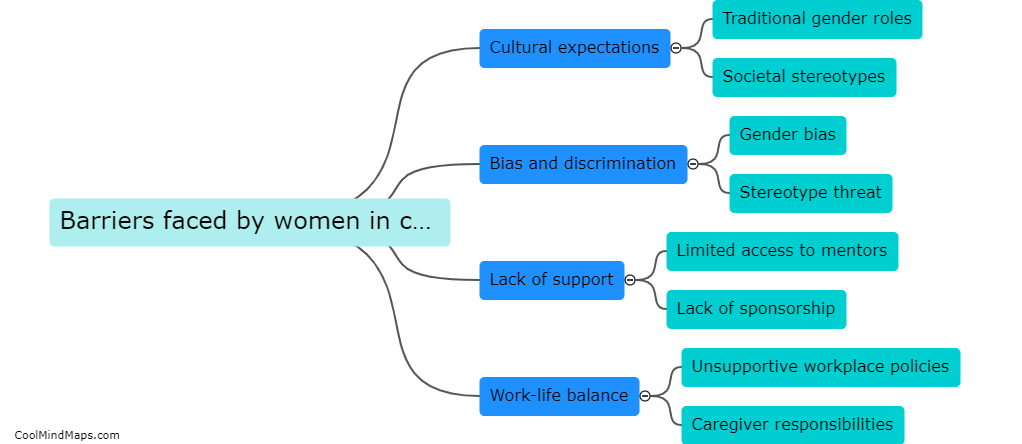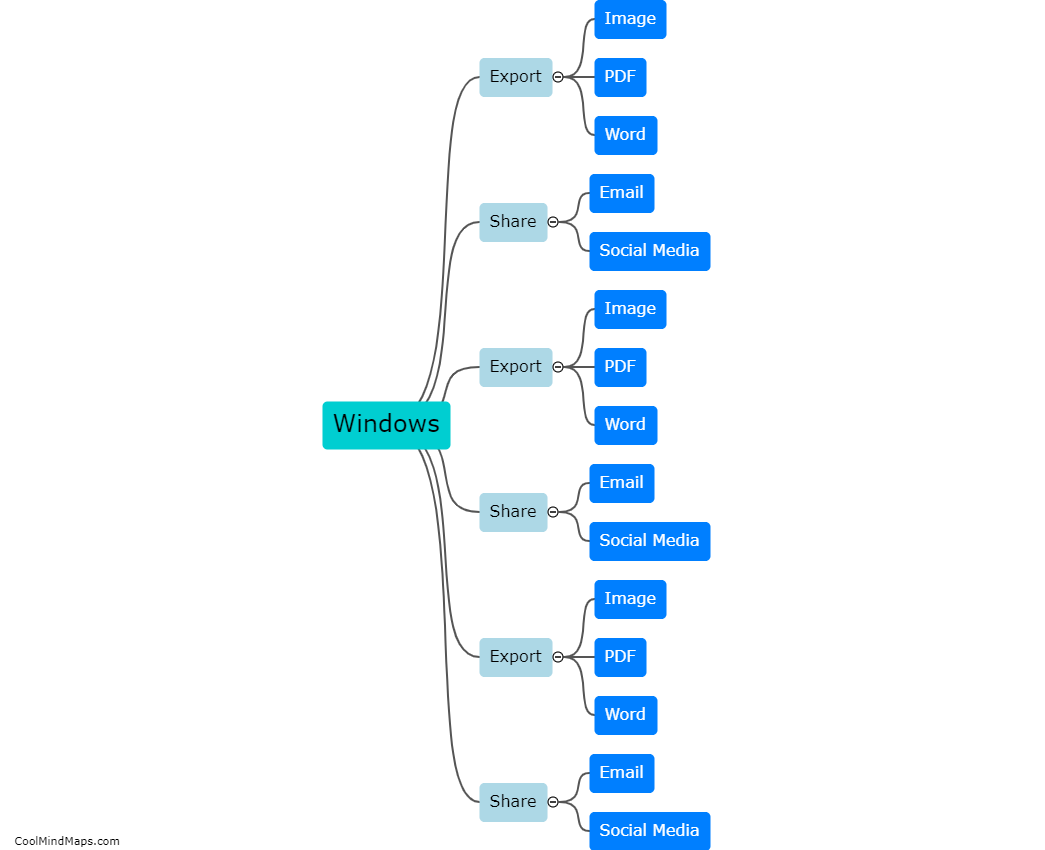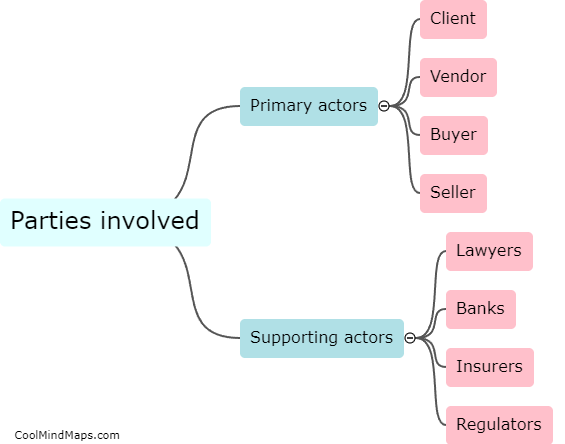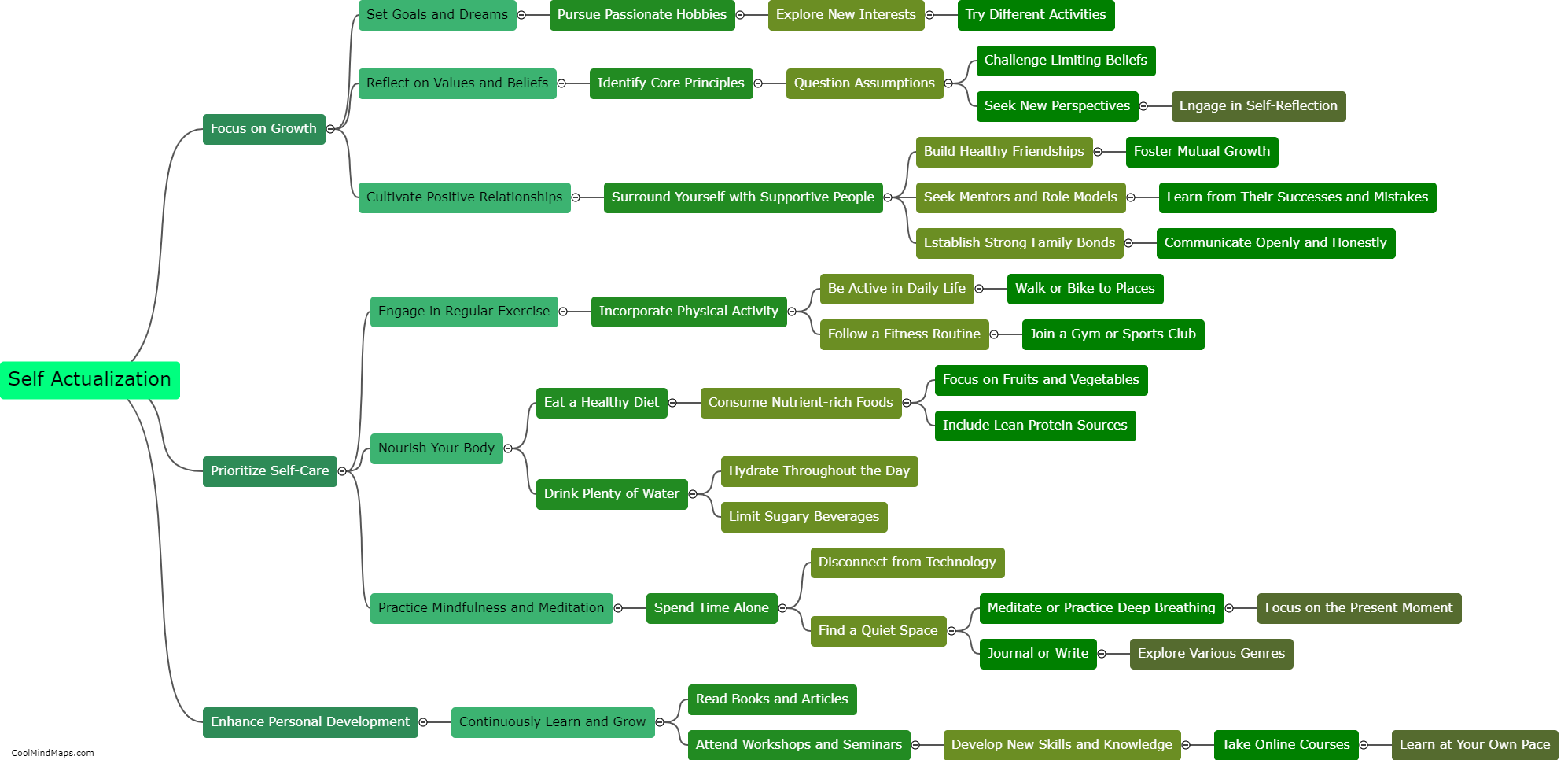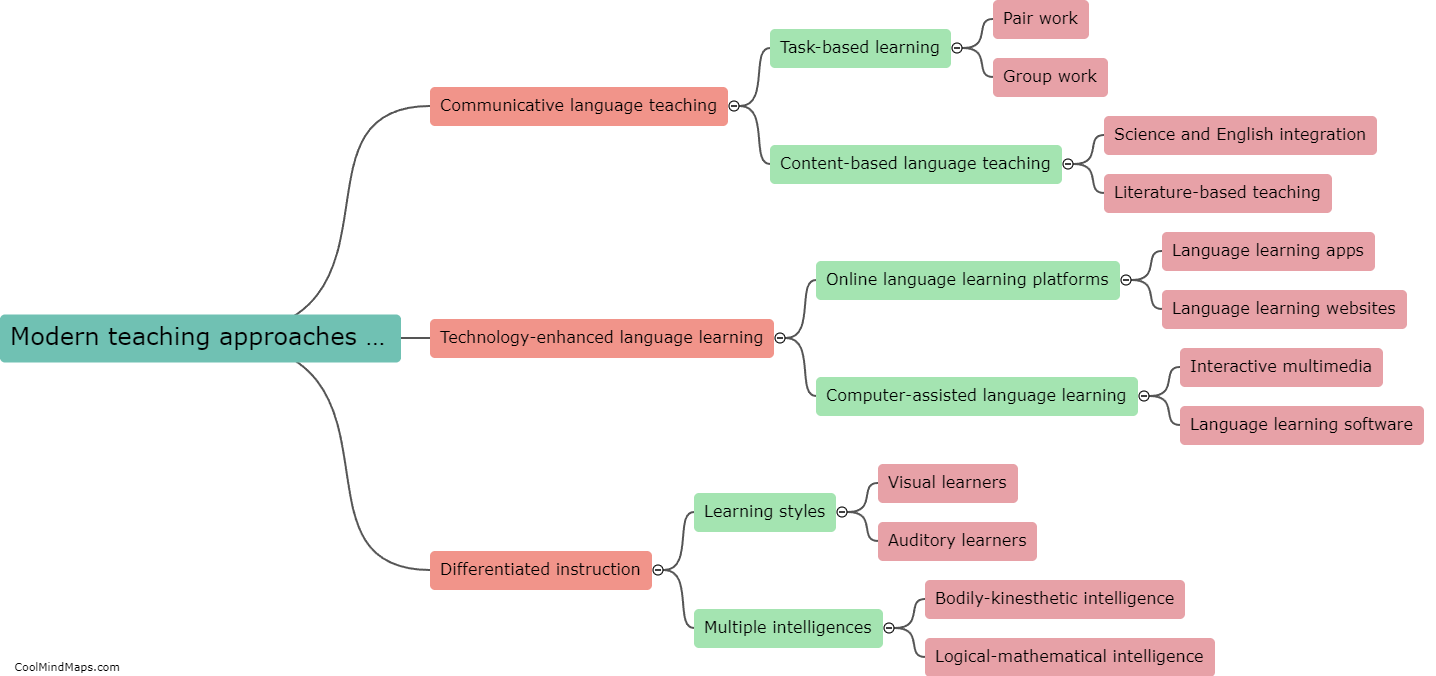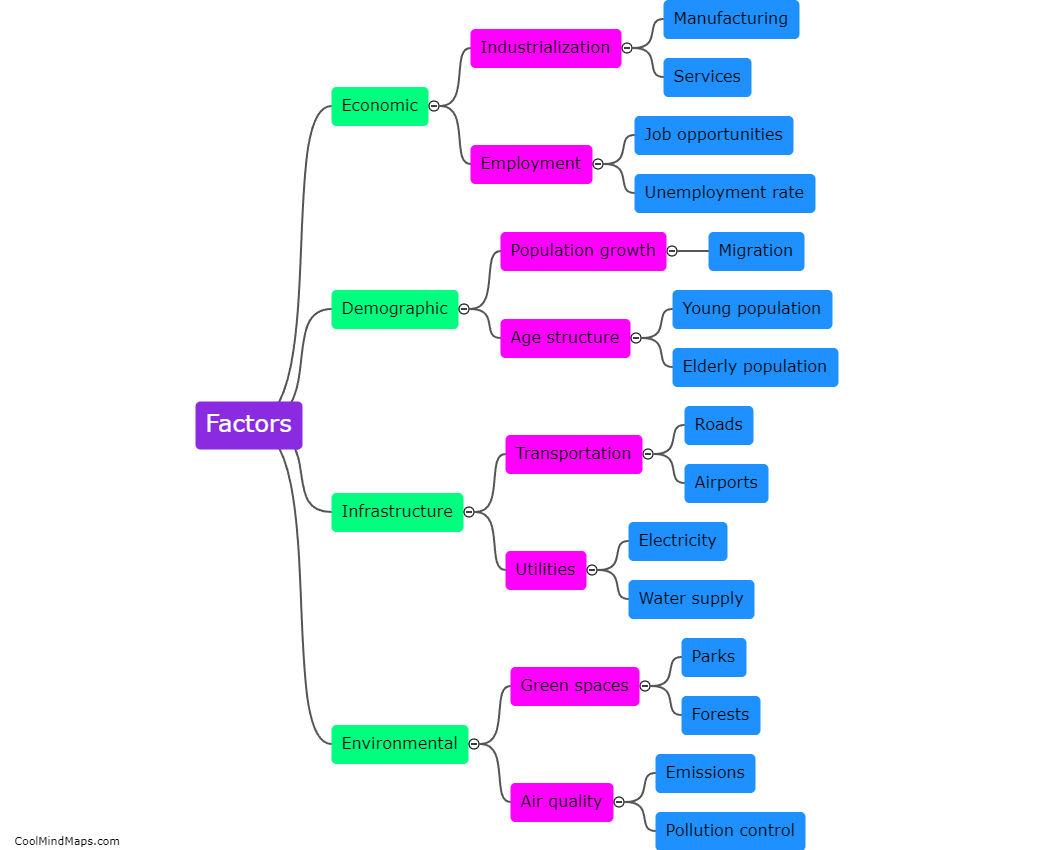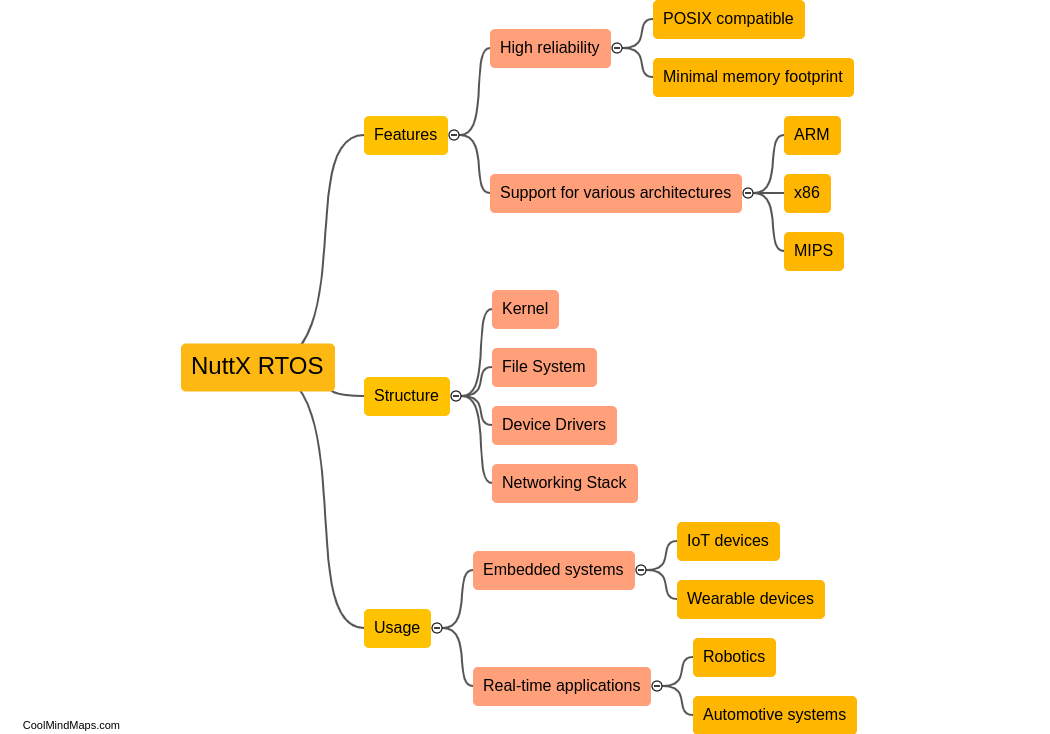What are the benefits of using micro algae in aquaculture and agriculture?
Microalgae have been gaining popularity in both aquaculture and agriculture due to their numerous benefits. In aquaculture, microalgae are used as a natural and sustainable source of feed for fish and shellfish. They are highly nutritional and rich in essential fatty acids and proteins, promoting faster growth and better overall health in aquatic organisms. Additionally, microalgae can help improve water quality by removing excess nutrients, such as nitrogen and phosphorus, from fish tanks and ponds, which reduces the risk of algal blooms and improves the overall ecosystem balance. In agriculture, microalgae can be used as biofertilizers, providing plants with essential nutrients like nitrogen, phosphorus, and potassium. They also contain growth-promoting hormones and beneficial bacteria, enhancing soil health and fertility. Moreover, microalgae can serve as a sustainable source of biofuel, helping to reduce greenhouse gas emissions and dependence on fossil fuels. Overall, incorporating microalgae into aquaculture and agriculture systems offers a range of ecological, economic, and environmental benefits.

This mind map was published on 9 July 2023 and has been viewed 135 times.
